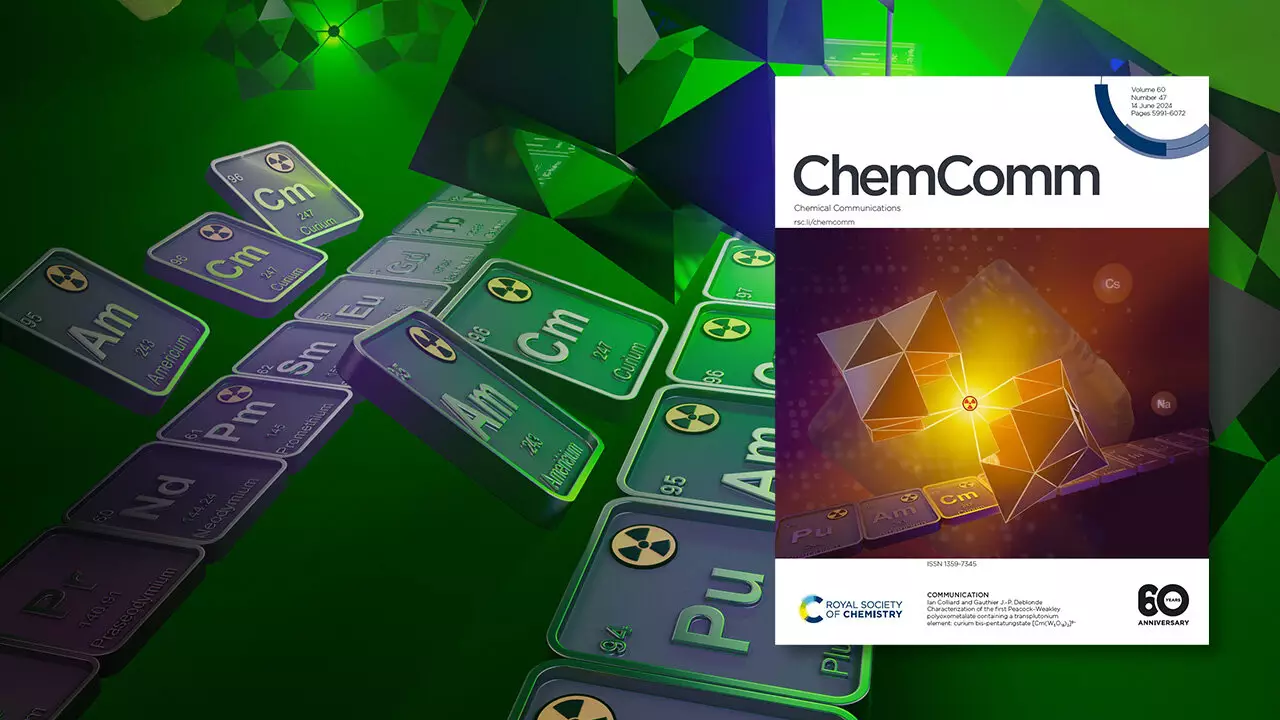In a groundbreaking development by Lawrence Livermore National Laboratory (LLNL) researchers, a new technique has been devised to effectively synthesize molecular compounds with heavy elements such as americium and curium. This innovative pathway is set to transform the process of serial chemistry with radioactive elements, opening up new possibilities for research and development in fields like nuclear waste management and radiopharmaceuticals.
The recent publications in Chemical Communications and the JACS Au highlight the significant progress made by LLNL scientists in creating a diverse range of compounds, including the first trivalent americium polyoxometalate compound and two novel curium compounds. These findings mark a significant advancement, particularly in the realm of curium chemistry, which has historically been challenging to study due to the limited availability of source materials and the high cost associated with their procurement.
Traditionally, actinide chemists have relied on lanthanide surrogates to conduct experiments, assuming that the behavior of actinides would mirror that of their non-radioactive counterparts. However, the new chemical platform developed by LLNL researchers offers a unique opportunity to directly compare the chemical structures of actinide and lanthanide compounds, revealing distinct patterns and properties that were previously unknown.
Through the synthesis and characterization of a comprehensive series of compounds spanning from americium and curium to lanthanides, the LLNL team has unveiled a wealth of information regarding the intricate differences between actinide and lanthanide chemistry. Surprisingly, the actinides were found to exhibit novel structures that had never been observed with lanthanides, challenging the conventional wisdom of predicting actinide behavior based on lanthanide chemistry alone.
The implications of this breakthrough in actinide chemistry are far-reaching, with potential applications ranging from enhanced chemical separations to the development of new radiopharmaceutical drugs and advancements in nuclear waste management. By expanding our understanding of actinide-specific compounds, researchers are paving the way for transformative innovations that could revolutionize the field of nuclear science.
The novel approach to compound synthesis pioneered by LLNL researchers represents a significant step forward in the study of heavy elements and radioactive isotopes. Through meticulous experimentation and innovative thinking, scientists are now better equipped to explore the complexities of actinide chemistry, unlocking a world of possibilities for future research and discovery.


Leave a Reply